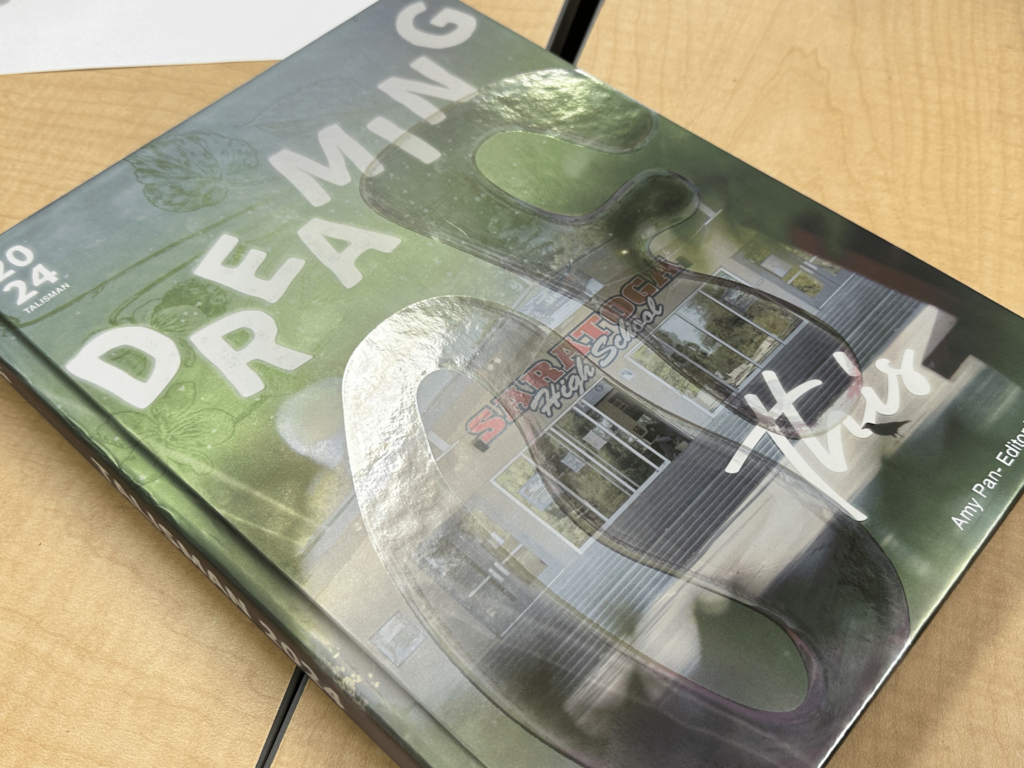The Director of Research at Google, Peter Norvig, spoke to about 30 students in the Learning Resource Center on Jan. 28.
Norvig discussed a different “way of looking at and understanding the world,” namely, how Google uses statistical data from the web and from user interactions to design an effective search engine. Each aspect of the presentation exuded a creative, thinking-outside-of-the-box vibe, from Norvig’s multicolored polka-dotted shirt, to the ideas presented.
Norvig explained how Google is able to identify trends by first analyzing data from the Internet as a whole and then using this data to generate models based on probability, which optimizes search results and corrects spelling errors.
“The presentation showed me how Google can turn something very complex into something simple with just a little bit more data,” said junior Eren Veziroglu. “It was surprising to see that most of it is based on conditional probabilities.”
Peter also described the algorithm that powers Google’s language translator. Unlike other translators that can only rely on dictionaries and grammar rules, he said, Google Translate mainly relies on existing translated text to improve its ability to translate fluently.
The talk was centered around the idea that existing data compiled from the Internet can be used to achieve tasks that are much more difficult to do with algorithms alone. For example, he showed students a scenic picture that was beautiful, except for a building blocking the view of the lake. He then demonstrated that with enough pictures of roughly the same scene, one could use the suitable photos to completely replace the problematic section of the original picture.
After the presentation, students also asked him questions about the framework behind Google’s online applications.
This talk was hosted by the Industry and Academia Connections Program, a program advised by assistant principal Brian Safine that invites experts in a wide range of fields. In the past, the IACP hosted other events including an interactive laboratory session by Stanford’s Chemistry Department, a talk by a practicing oncologist and a presentation on 3D TV by an expert from the consumer electronics industry.
“We are lucky to live in a place like the Silicon Valley where many of the world’s leading minds live,” said junior Arnav Dugar, the founder and head of the IACP. “Our goal is to draw upon this intellectual capital by requesting them to contribute an afternoon from their busy schedule so the students can get an idea about topics that they may not be exposed to otherwise.”
Freshman Anushree Dugar, who invited Norvig, had attended one of his presentations last summer as a student scholar at the Google headquarters and was fascinated by how the Google search engine works, how advertisements on Google are ordered and how it is possible to use search queries for data analysis.
“[Norvig] is so knowledgeable in the field of computer science, and Google is one tool that almost every student uses on a day to day basis,” Anushree Dugar said. “I thought he would be a perfect speaker to invite because of this direct connection with high school students.”
Arnav Dugar agrees that the experience was highly beneficial.
“The pace of research and development is accelerating exponentially,” said Dugar, “and there is so much happening in industry and academia that every opportunity we have as high school students to be exposed to these advancements is invaluable.”


























